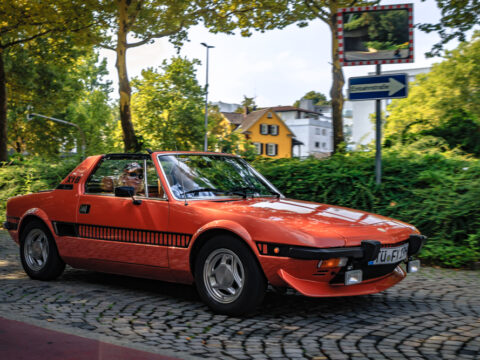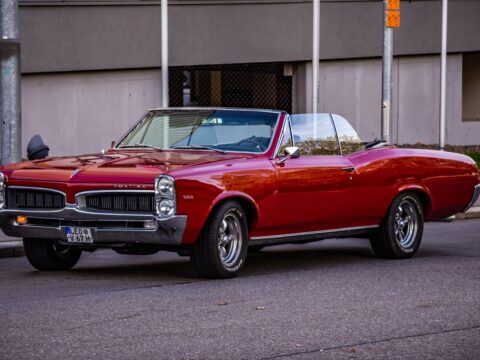In a time when technology often surpasses tradition, and electric engines replace roaring ones, classic cars still captivate many. What if we could mix the timeless appeal of these iconic cars with modern technology? This article explores the exciting possibility of updating classic cars with today’s innovations, combining the best of the past and present.
Contents
1957 Chevrolet Bel Air
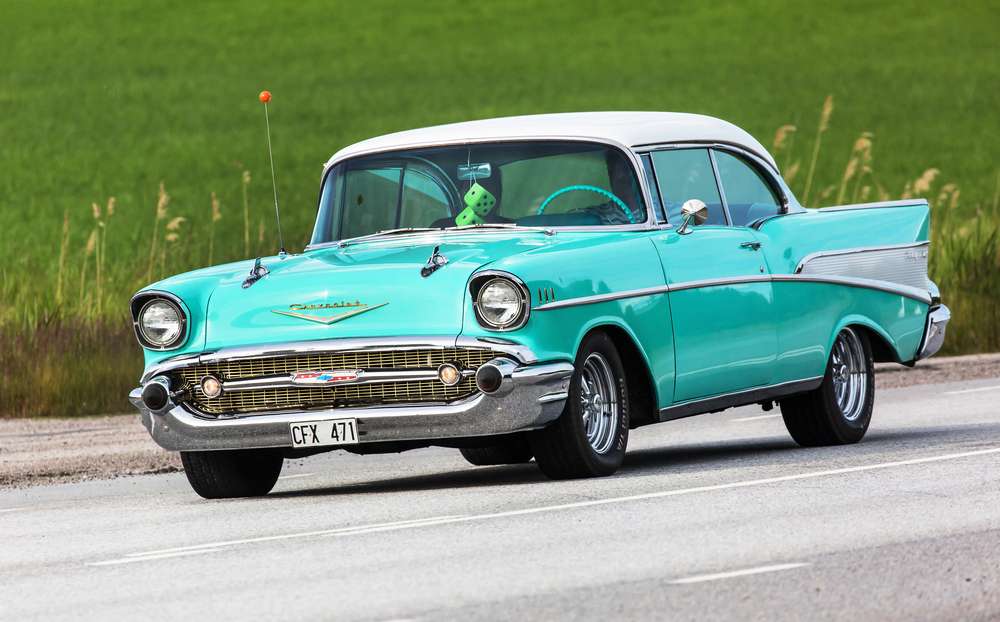
The ’57 Chevy is one of the most iconic cars from the golden age of American automobilia. Its striking design, especially the tail fins, made it unforgettable. A modern version could retain its timeless design while incorporating modern conveniences and safety features, blending nostalgia with today’s technology.
1967 Ford Mustang Shelby GT500

Known as the “Eleanor” from the film “Gone in 60 Seconds,” this car’s muscular stance, power, and beauty are legendary. Modern aerodynamics, fuel efficiency, and materials could make a reboot faster and more economical without sacrificing its spirit.
1963 Chevrolet Corvette Sting Ray

The C2 Corvette’s split-window design is perhaps one of the most beautiful designs ever made. A reboot could preserve this unique look while utilizing lighter materials and a more efficient powertrain, capturing hearts once again.
1970 Dodge Challenger
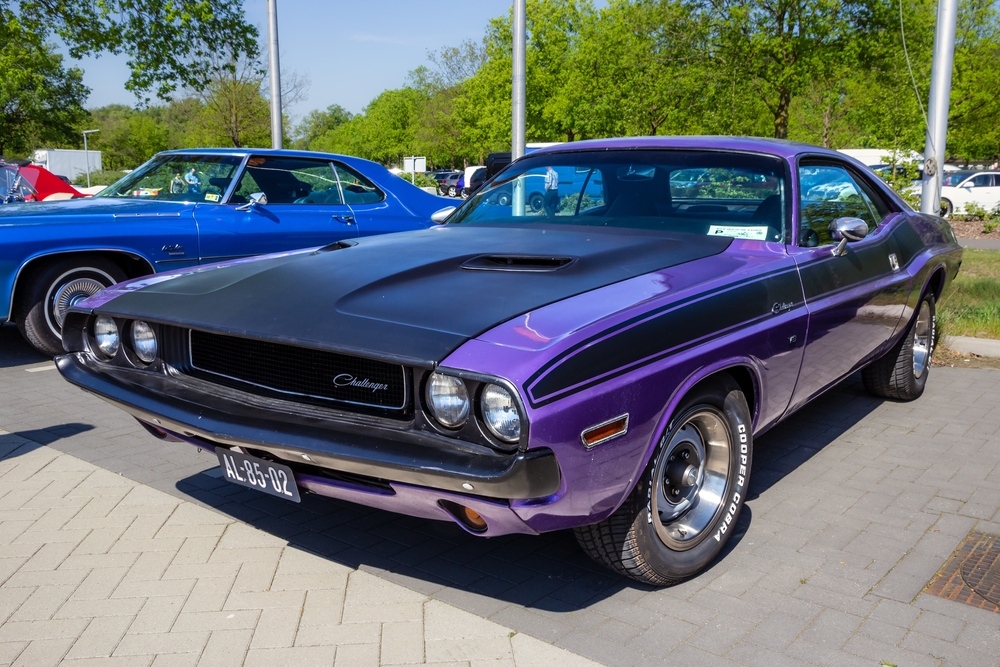
With its aggressive look and raw power, the Challenger is a dream car for many. Although Dodge has brought back the Challenger name, a version that closely mirrors the original’s aesthetics with modern handling would be a treat. Retain the original’s aggressive styling while implementing modern suspension technology, a state-of-the-art infotainment system, and an eco-friendly yet powerful engine, such as a modern Hemi V8 with cylinder deactivation to improve fuel efficiency.
1961 Jaguar E-Type
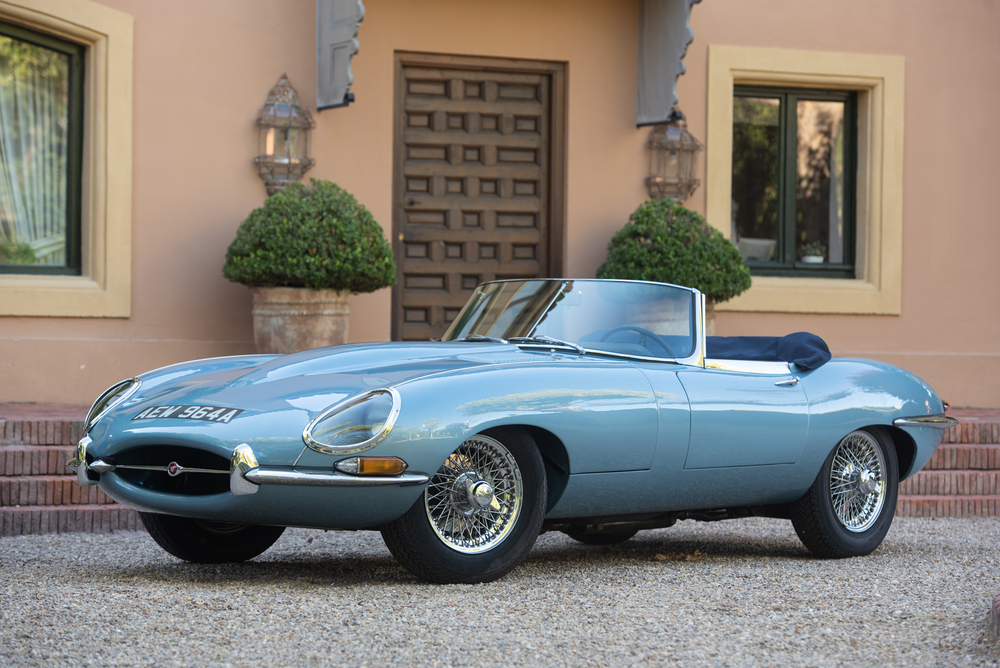
Often touted as the most beautiful car ever made, the E-Type’s long hood and sleek design are timeless. Imagine a modern reboot with an electric powertrain, blending classic beauty with future-forward tech.
1955 Mercedes-Benz 300SL Gullwing
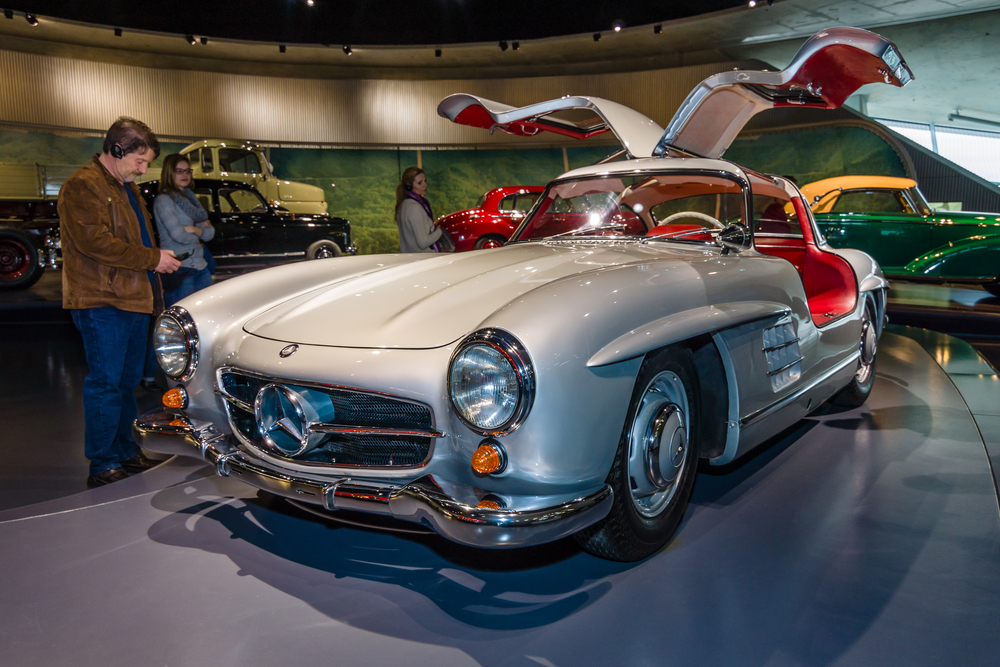
The Gullwing doors alone are a hallmark of innovation and design. Modernize the Gullwing with advanced materials for the body and chassis, a high-performance electric motor to replace the traditional combustion engine, and incorporate contemporary luxury features while maintaining the iconic door design.
1971 Datsun 240Z
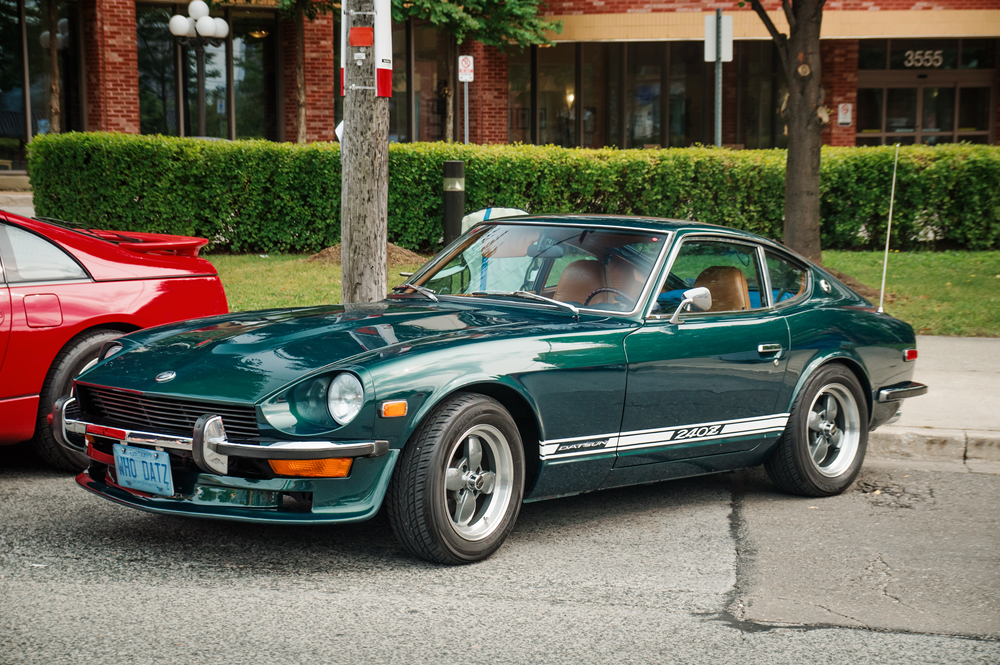
Japan’s answer to European sports cars was lightweight, nimble, and affordable. Enhance this classic sports car with a modern turbocharged engine or an electric drivetrain for better performance and efficiency, upgrade its suspension and brakes to contemporary standards, and refine the interior with the latest technology while keeping its sleek, lightweight design.
1966 Alfa Romeo Spider Duetto
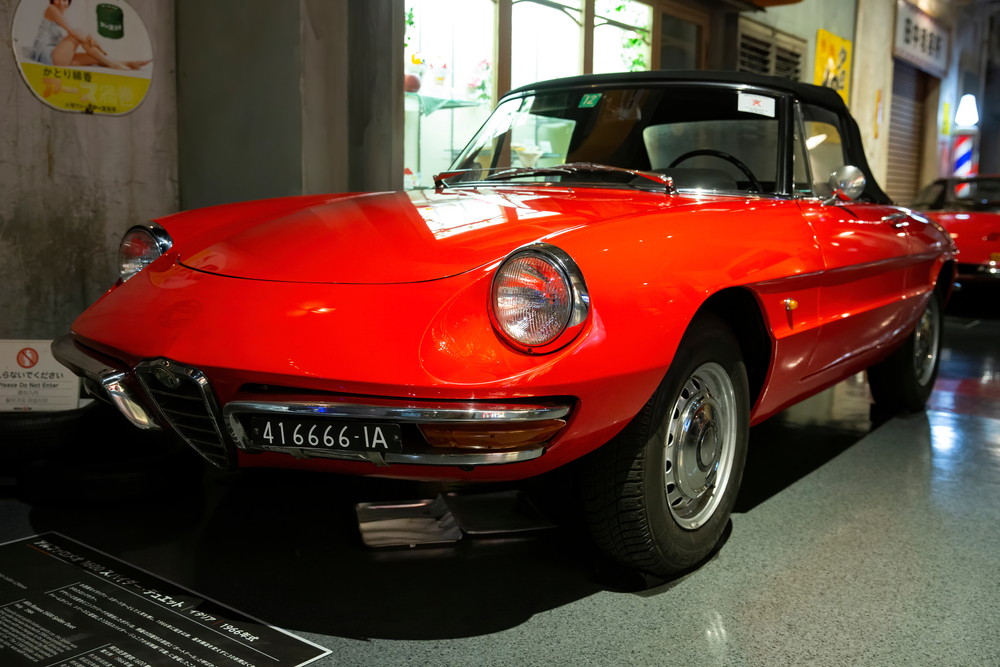
With its boat-tail design, the Duetto was an embodiment of Italian flair. Introduce a cutting-edge hybrid system, update the convertible mechanism with modern electronics, and retain the distinctive boat-tail design, enhancing it with lightweight materials and current aerodynamic trends.
1973 Porsche 911 Carrera RS
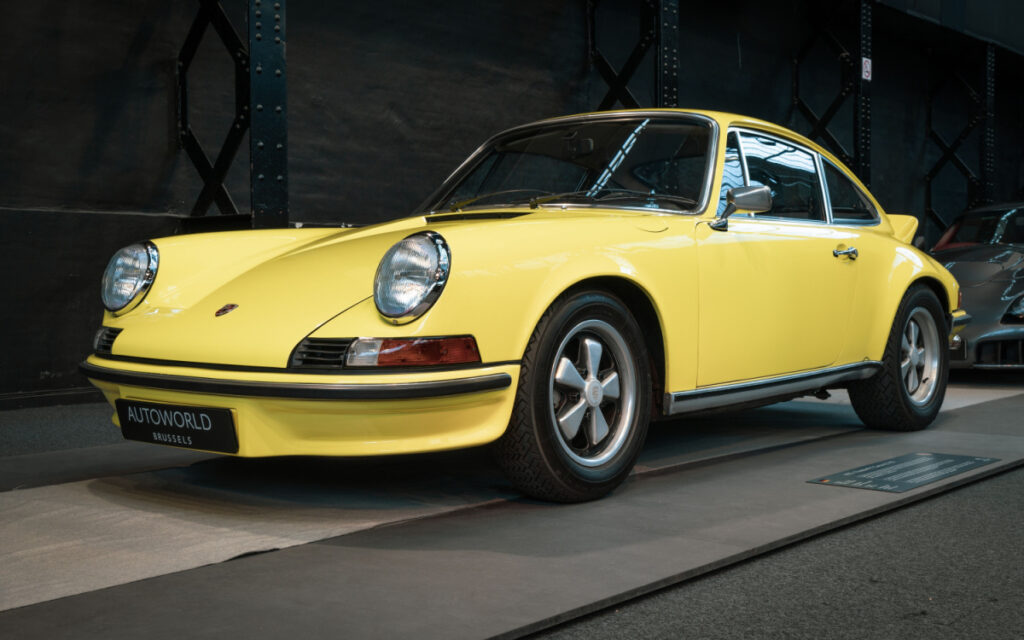
While the 911 shape has remained recognizable over the decades, the Carrera RS of the early ’70s stands out with its ducktail spoiler and racing pedigree. Reimagining this classic with modern aerodynamics and power would be a hit.
1967 Toyota 2000GT
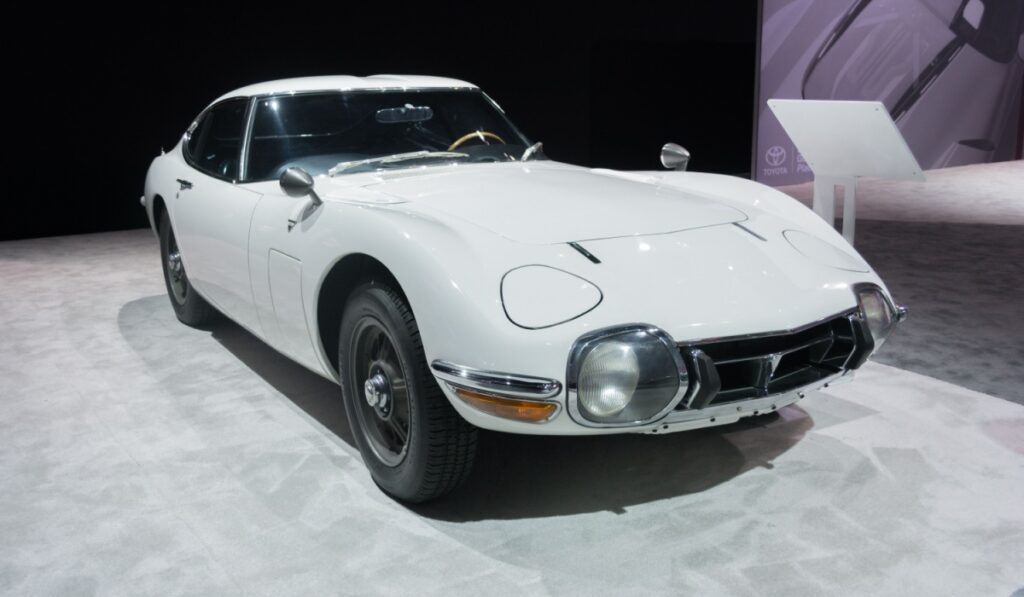
Often called the Japanese E-Type, its curvy design and high performance made it a legend. Retain the curvy design while integrating Toyota’s latest hybrid technology, utilize modern lightweight construction techniques to enhance performance and efficiency, and upgrade the cabin with luxury materials and advanced infotainment.
1958 Aston Martin DB4 GT
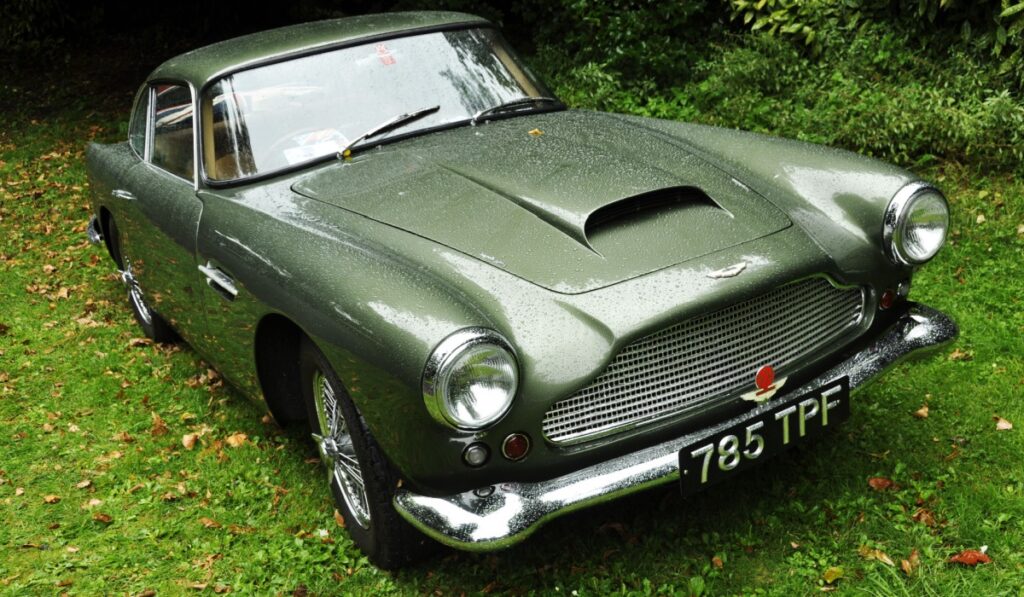
The DB4 GT is a blend of British luxury and performance. Update the DB4 GT with an electric powertrain to redefine luxury and performance, use modern lightweight materials to enhance handling and efficiency, and incorporate cutting-edge amenities and connectivity features.
1974 Lamborghini Countach

The wedge shape and scissor doors became signatures for Lamborghini. Bringing back the Countach with modern aerodynamics and Lamborghini’s current V12 magic would be astonishing.
1968 Ferrari 365 GTB/4 Daytona
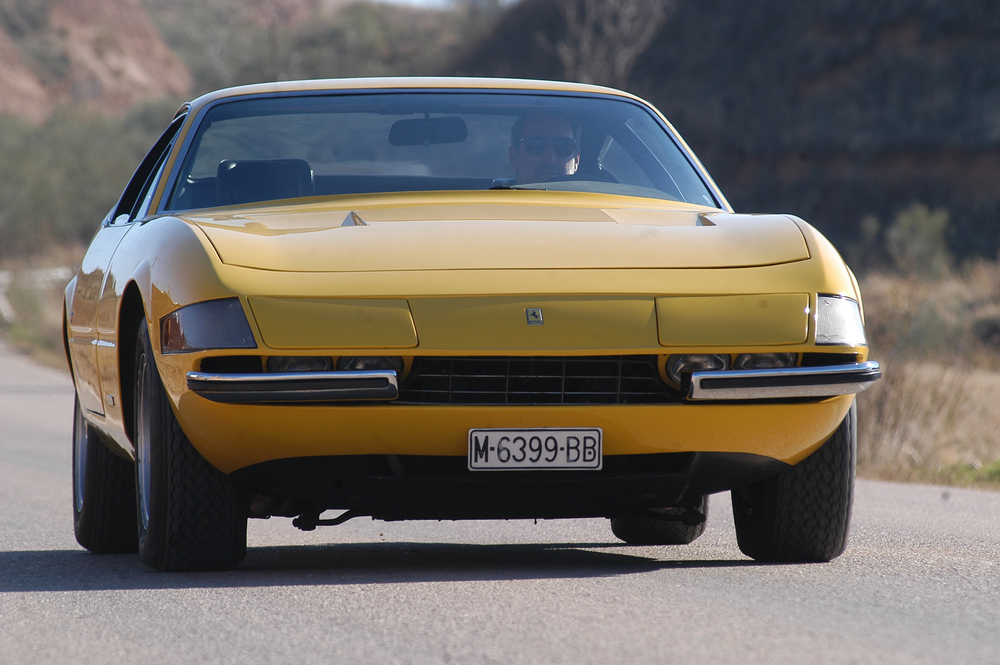
With its sharp nose and muscular fenders, the Daytona exudes speed and elegance. Keep the sharp nose and muscular fenders while incorporating Ferrari’s latest V8 hybrid system, enhance the vehicle dynamics with modern suspension and electronic aids, and update the interior with luxury materials and digital interfaces.
1969 Chevrolet Camaro Z28
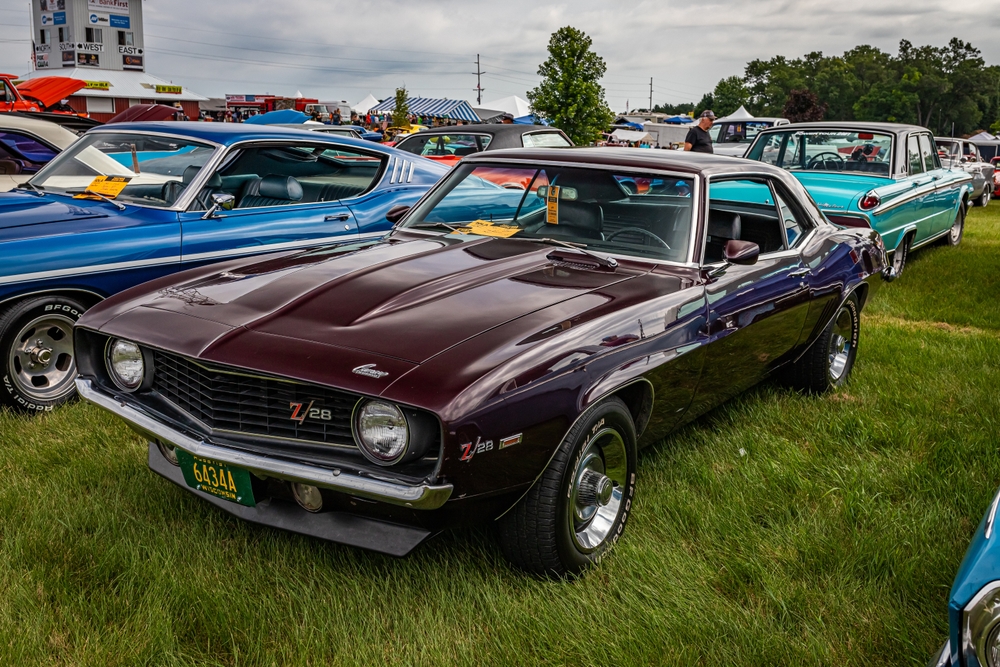
The Z28, with its racing stripes and powerful V8, symbolizes American muscle. Preserve the classic muscle car aesthetics and racing stripes while upgrading to a more powerful and efficient engine, such as a supercharged V6 or an all-electric drivetrain, and modernize the suspension, brakes, and safety features to meet current standards.
1969 Dodge Charger

The 1969 Dodge Charger is a quintessential American muscle car that could be revitalized with today’s technology. Imagine maintaining its aggressive, iconic body shape but outfitting it with an electric powertrain for instant torque and zero emissions. Modern suspension and braking systems could enhance its handling and safety, making it not only a powerful and stylish ride but also a more responsive and eco-friendly one.
1962 Ferrari 250 GTO

The Ferrari 250 GTO, one of the most valuable cars in the world, could see incredible benefits from modern enhancements. Integrating a hybrid system could boost its already formidable performance while preserving the V12 engine’s characteristic sound and power. Lightweight materials like carbon fiber could replace some steel components to reduce weight and improve efficiency without compromising the classic Ferrari aesthetics.
1963 Ford Galaxie
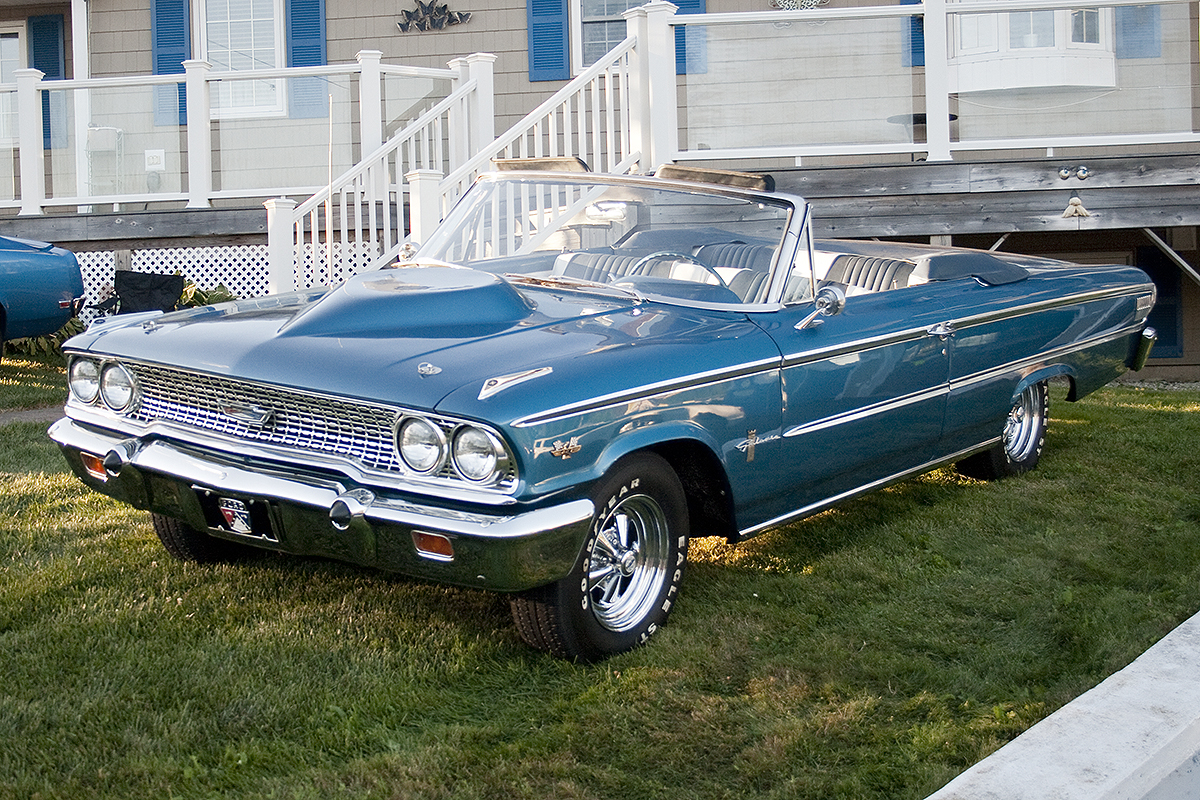
The 1963 Ford Galaxie could be transformed into a modern classic by incorporating advanced engine management systems and a more efficient V8 engine, perhaps even a modern EcoBoost engine for better fuel economy and lower emissions. Modern creature comforts like an updated infotainment system, climate control, and enhanced sound insulation could make it a pleasure to drive daily.
1954 Mercedes-Benz 300 SL
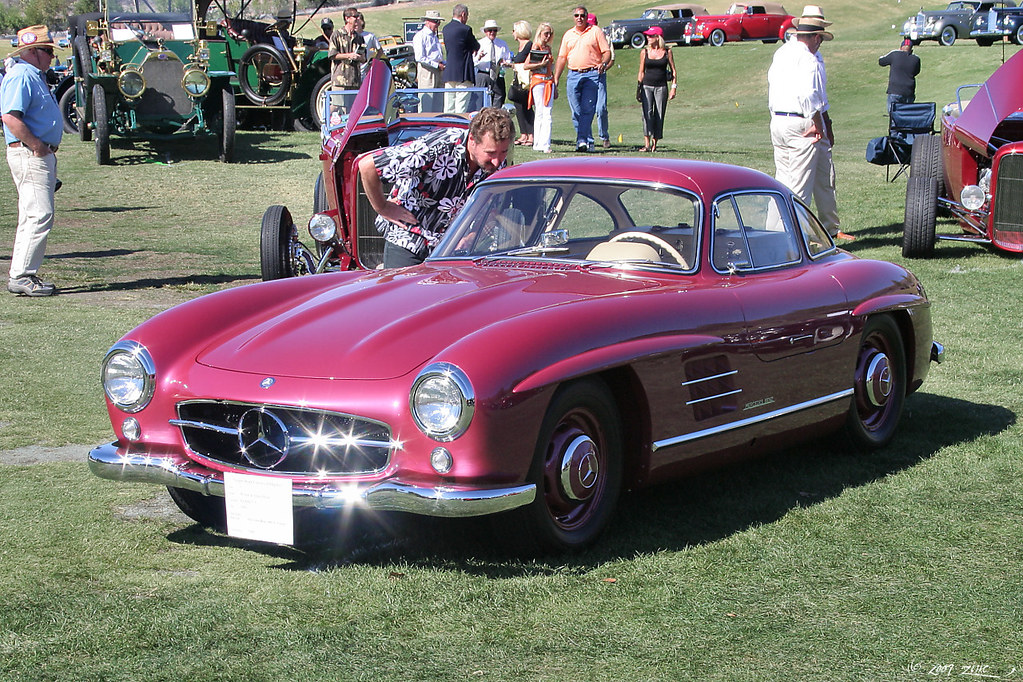
The 1954 Mercedes-Benz 300 SL, famous for its gull-wing doors, would be a prime candidate for an electric drivetrain, which could fit neatly in its existing framework due to the flexibility of electric motor placement. Advanced lightweight materials could preserve the car’s classic lines while improving performance and efficiency, and modern electronic aids could enhance drivability without detracting from the vintage driving experience.
1973 BMW 2002
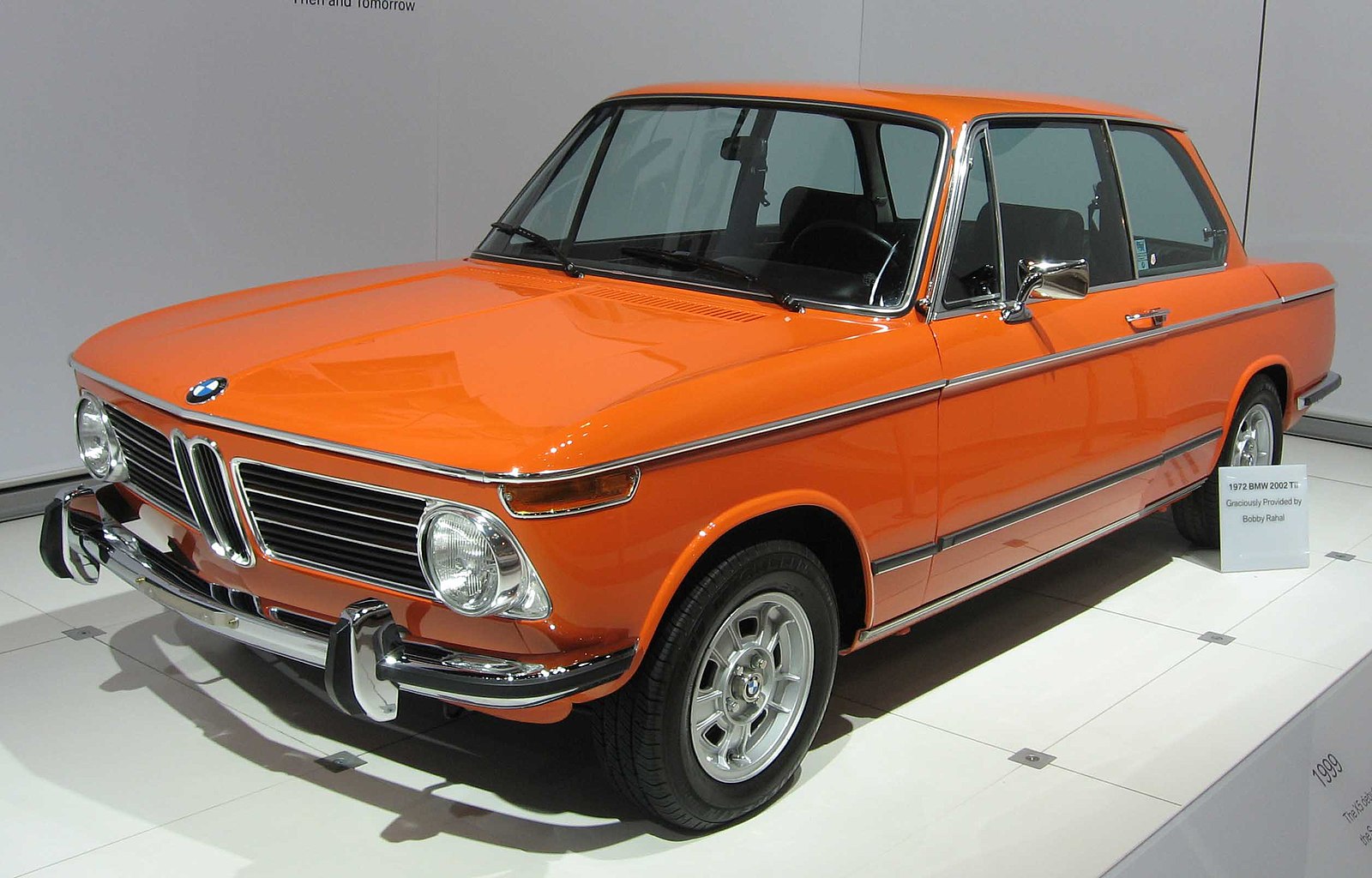
The BMW 2002 could be revitalized with a focus on sustainability and performance. Replacing the traditional four-cylinder engine with a modern turbocharged hybrid system could offer a significant boost in power and torque while reducing emissions. Additionally, incorporating modern chassis electronics, including adaptive suspension and enhanced safety features, could transform this classic into a nimble, safe, and efficient modern sports sedan.
1968 Pontiac Firebird
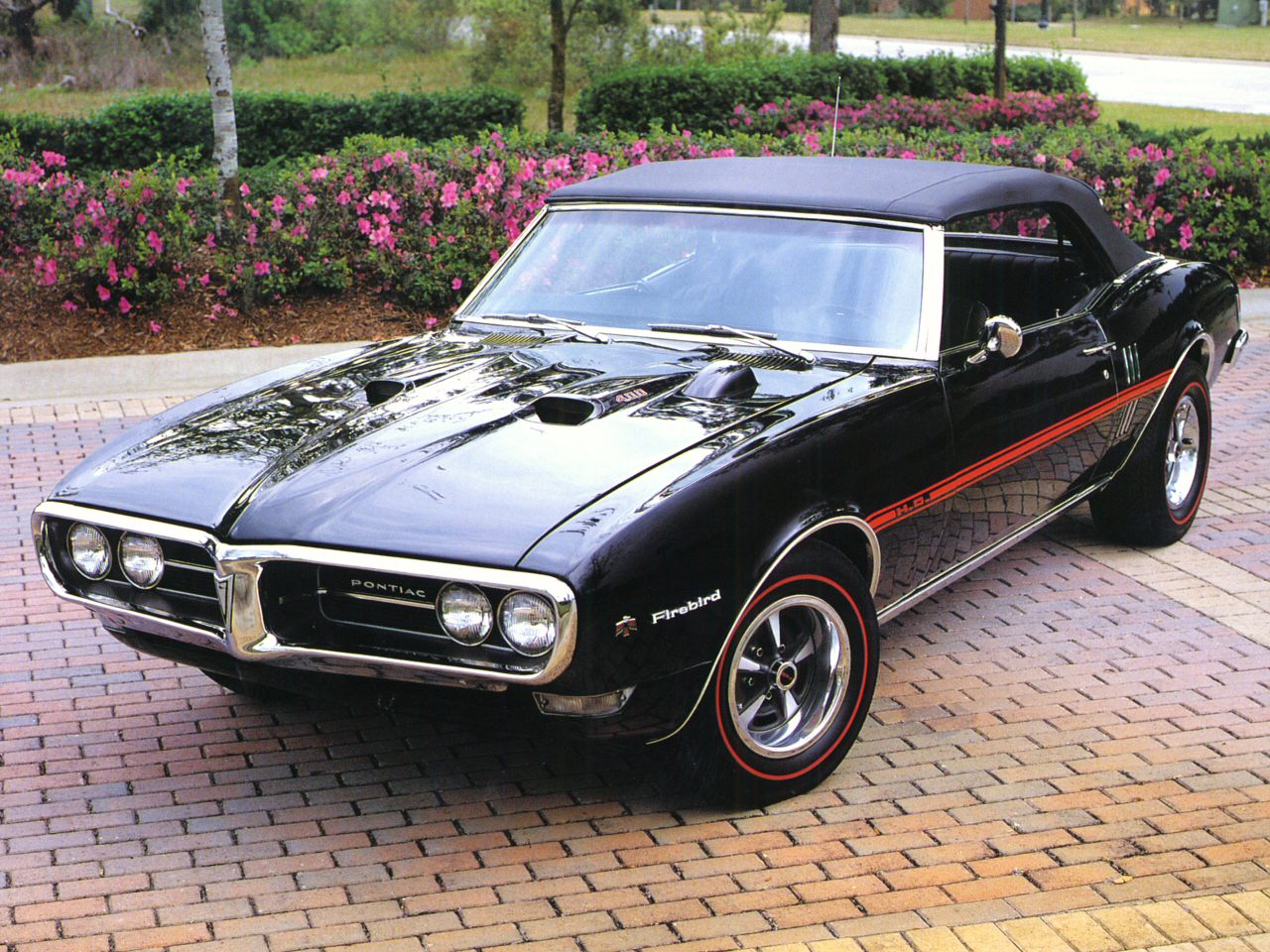
The 1968 Pontiac Firebird could benefit from the integration of modern aerodynamics to enhance its performance while maintaining its muscular and distinctive body style. Upgrading to a contemporary LS or LT series GM V8 engine could provide more horsepower and better fuel efficiency. Modern disc brakes, electronic stability control, and traction control could improve safety and drivability, making it a perfect blend of classic American muscle and modern technology.
This article originally appeared on MyCarMakesNoise.
More from MyCarMakesNoise
Top American Muscle Cars for Drag Racing

In this exploration, we’ll spotlight the American muscle cars that have become legends on the drag strip, looking under the hood of each one to uncover what makes them the beasts they truly are. Read More.
Exploring the Most Badge-Engineered Cars Ever

From economic tactics to global expansions, this article explores the most notable badge-engineered cars and the stories behind their shared identities. Read more.
Coolest Cars Inspired by Birds
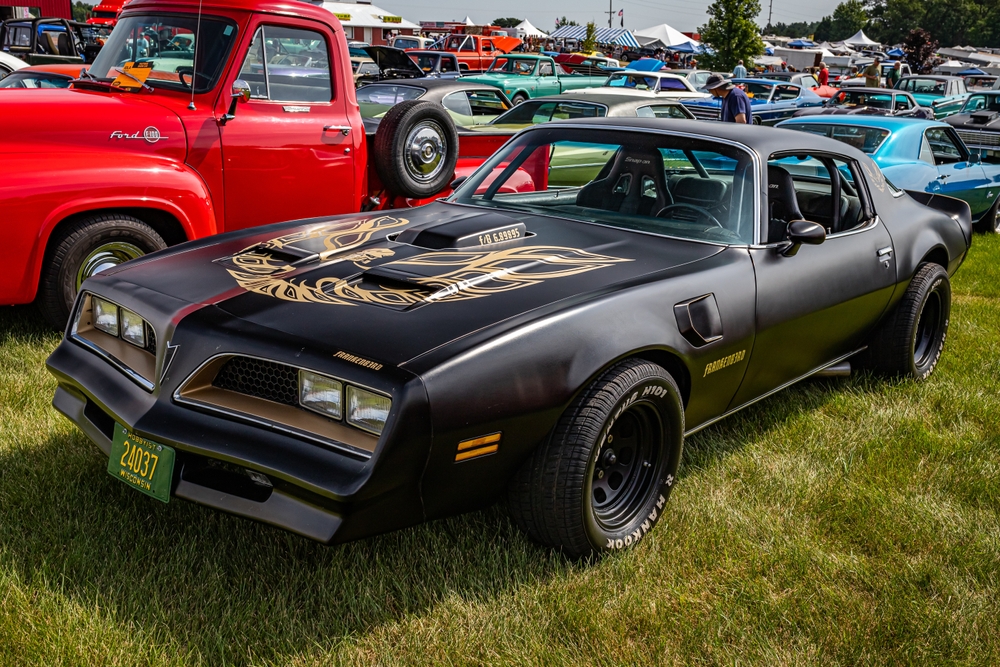
This article delves into this unique intersection of engineering and ornithology, unearthing the stories behind iconic vehicles inspired by our feathered friends. Read More.


